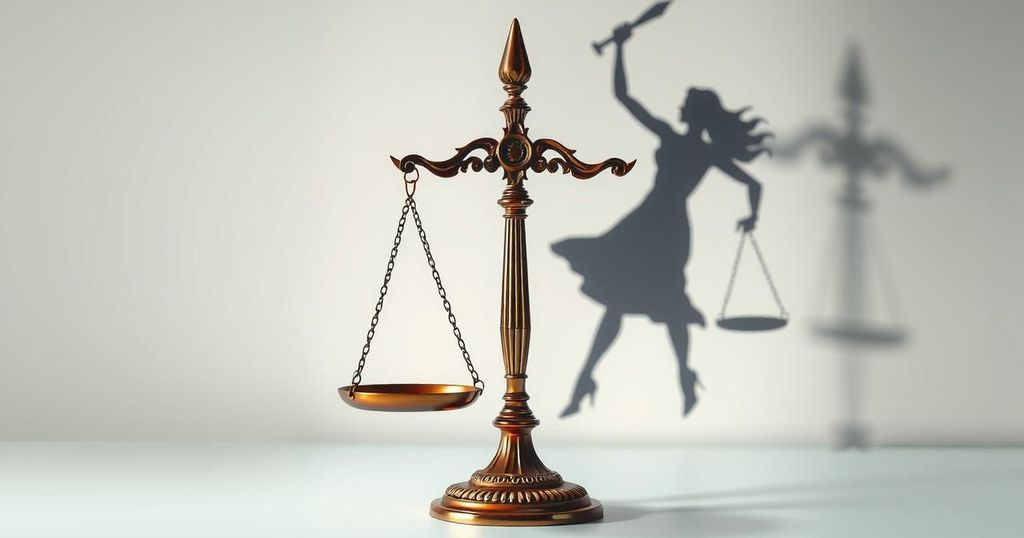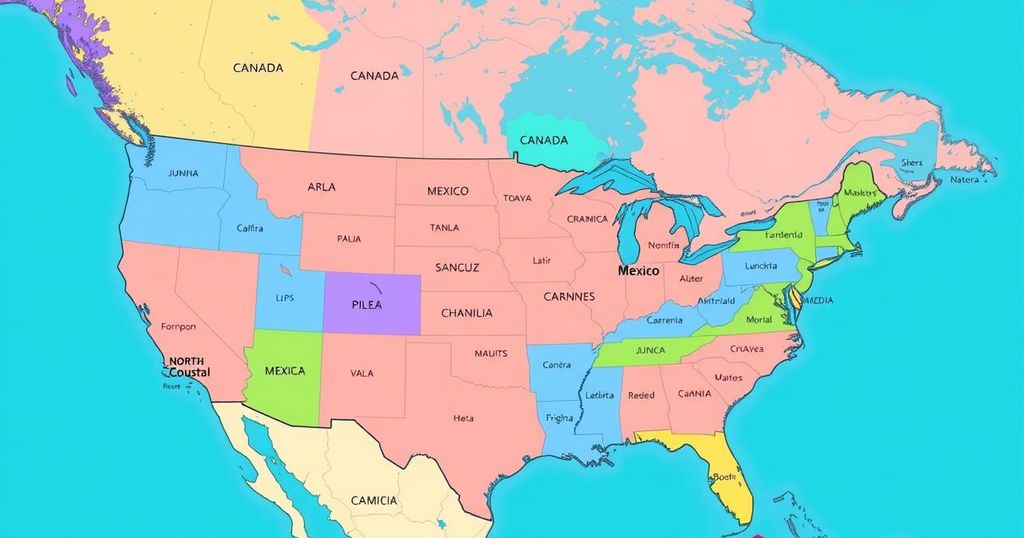The Wisconsin Supreme Court election in April 2025 is poised to be a critical and high-stakes contest, influencing key legislative matters including abortion rights. Candidates Susan Crawford and Brad Schimel represent opposing political ideologies, with significant financial support from high-profile donors. This election reflects broader political dynamics in a swing state and will determine the future ideological direction of the court.
The Wisconsin Supreme Court election in April will be pivotal, as it involves just one seat but could significantly impact state legislation, including an outdated abortion ban from the 1800s. The contest features liberal candidate Susan Crawford against conservative Brad Schimel. This election serves as a barometer for voters’ sentiments in a key swing state during the early stages of President Donald Trump’s administration. Policymaking on divisive issues like abortion and workers’ rights is at stake, making the election particularly consequential.
Expected to exceed the record-setting $51 million spent during the last Supreme Court race in Wisconsin, this election has attracted vast financial contributions from both sides. High-profile billionaires, including George Soros backing Democrats and Diane Hendricks supporting Republicans, are heavily involved. An ad campaign funded by Elon Musk, through his organization Building America’s Future, has already committed substantial funds to support Schimel’s candidacy.
Barry Burden, a political scientist at the University of Wisconsin-Madison, characterized the election as a potential “blockbuster,” emphasizing the significance of the Supreme Court as the battleground for important legal decisions in the state. The contest could also be a referendum on Trump’s and his allies’ policies in a state controlled by a Democratic governor and a Republican legislature.
Former Attorney General Eric Holder plans to campaign for Crawford, while representatives from the Democratic National Committee are mobilizing support against Musk’s influence in the election. Schimel has expressed interest in a Trump endorsement but indicates that he will focus on the election’s fundamental issues without relying on outside influence.
Democrats underscore the election as a chance to oppose the policies advocated by Trump’s administration, asserting the critical role that state courts play in maintaining checks on presidential power. Republican representatives argue that a liberal court majority could undermine legislative achievements related to collective bargaining and other matters.
The election will determine whether Wisconsin maintains a liberal majority or shifts back to a conservative majority on the court. With implications that extend beyond state boundaries, the candidates’ stances on abortion and other key issues are central to their campaigns. Candidates have expressed differing views on judicial activism and legal interpretation, further heightening the stakes.
Historical context emphasizes Wisconsin’s role as a key swing state in recent presidential elections, with closely contested outcomes shaping national political dynamics. This election also reflects broader democratic sentiments and mobilization efforts, showcasing each party’s ability to rally grassroots support. The results will signal whether Democrats can regain momentum or if Republicans can capitalize on recent electoral victories.
Overall, the upcoming Wisconsin Supreme Court election embodies a significant clash of political ideologies, characterized by high financial stakes and intense campaigning from both sides. The outcome will not only determine the composition of the court but also reflect voter attitudes heading into future elections.
The candidates have already outpaced previous fundraising efforts, indicating strong financial backing early in the campaign. With conservatives currently dominating ad spending, it is essential to monitor how each campaign strategy evolves in the weeks leading to the election. The candidates will engage in their first debate on March 12, just weeks before the election, adding to the anticipatory atmosphere surrounding this critical race.
The Wisconsin Supreme Court race promises to be a highly competitive and consequential political event, deeply influencing significant issues such as abortion rights and collective bargaining. With substantial financial backing from influential donors, the election will serve as a reflection of voter sentiment in a crucial swing state. The outcome will not only reshape the state’s judicial landscape but also signal broader trends in American politics as both parties mobilize their bases in anticipation of the upcoming election. As candidates prepare for their first debate, the stakes could not be higher for both the Democratic and Republican parties.
Original Source: www.cnn.com




